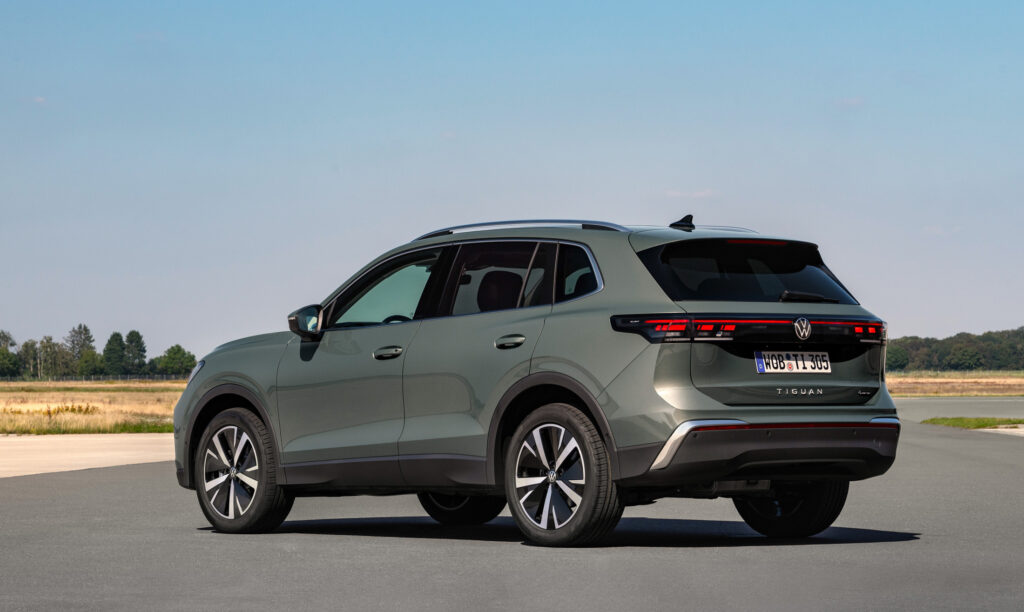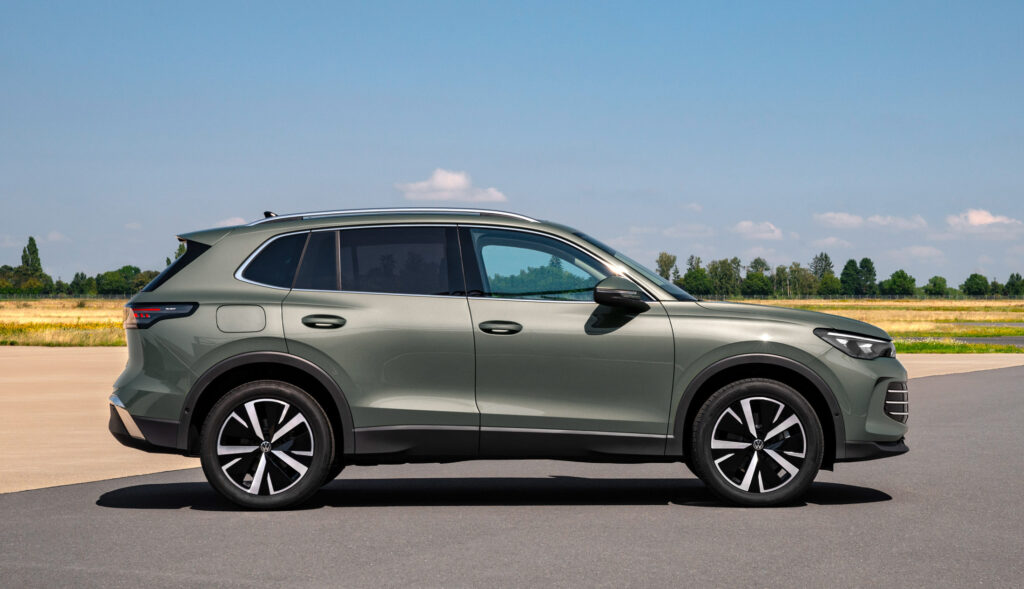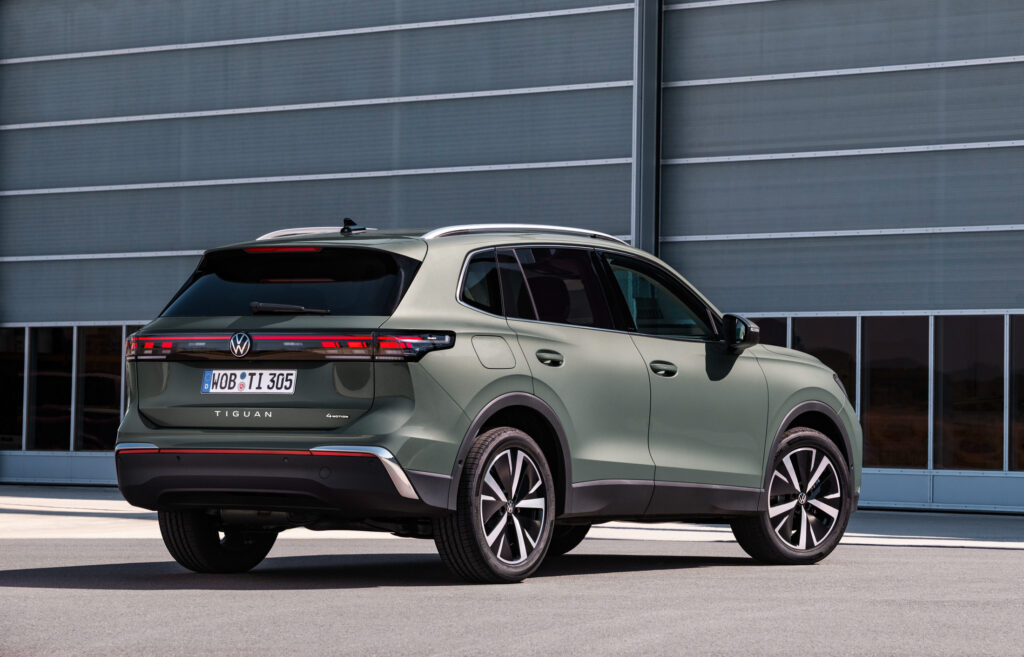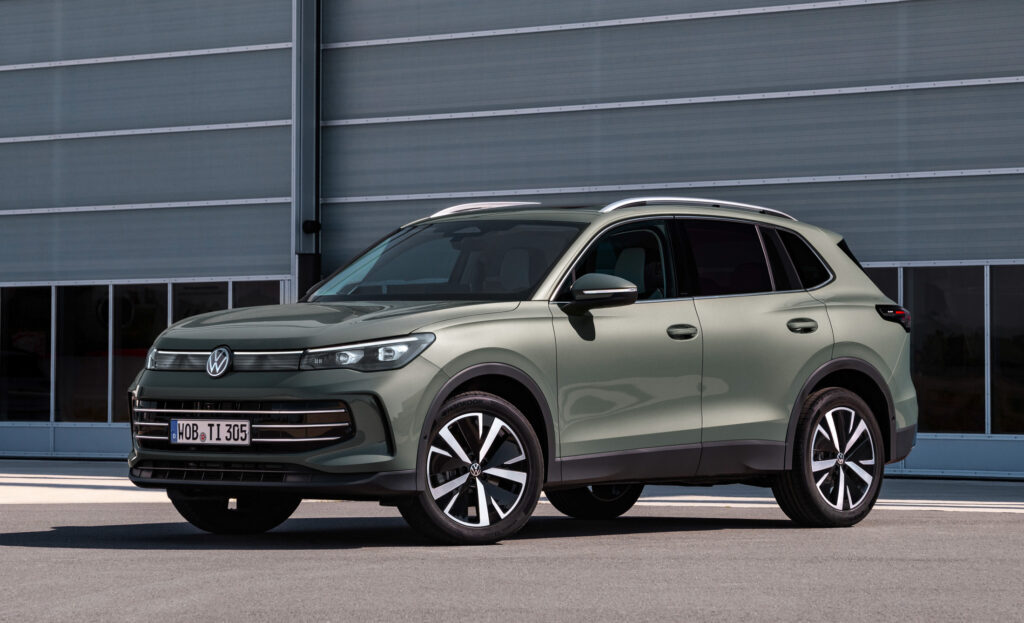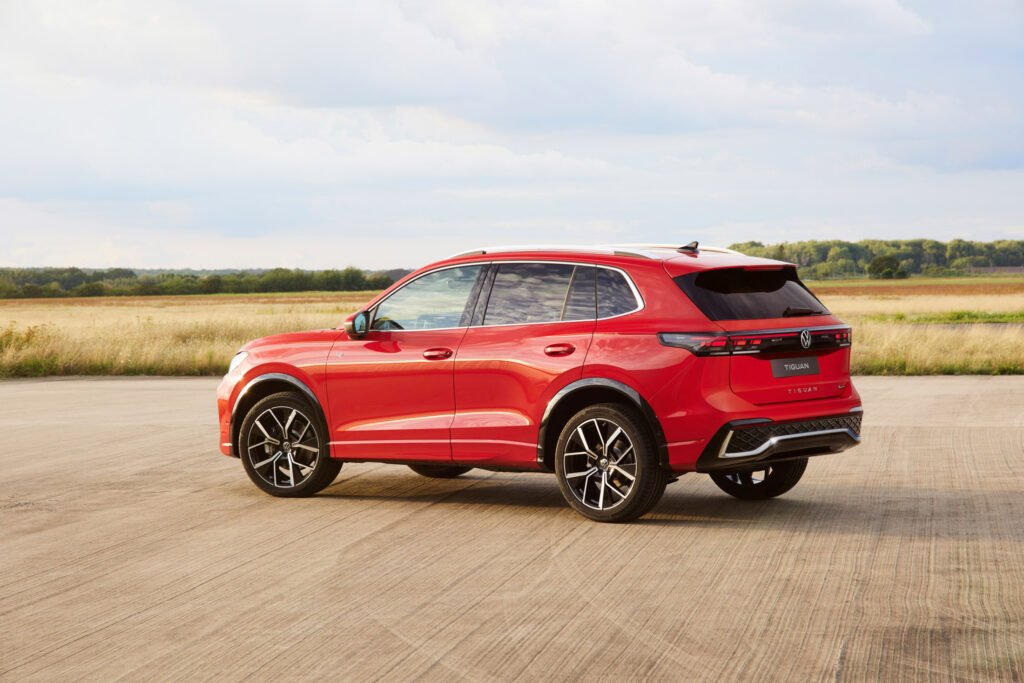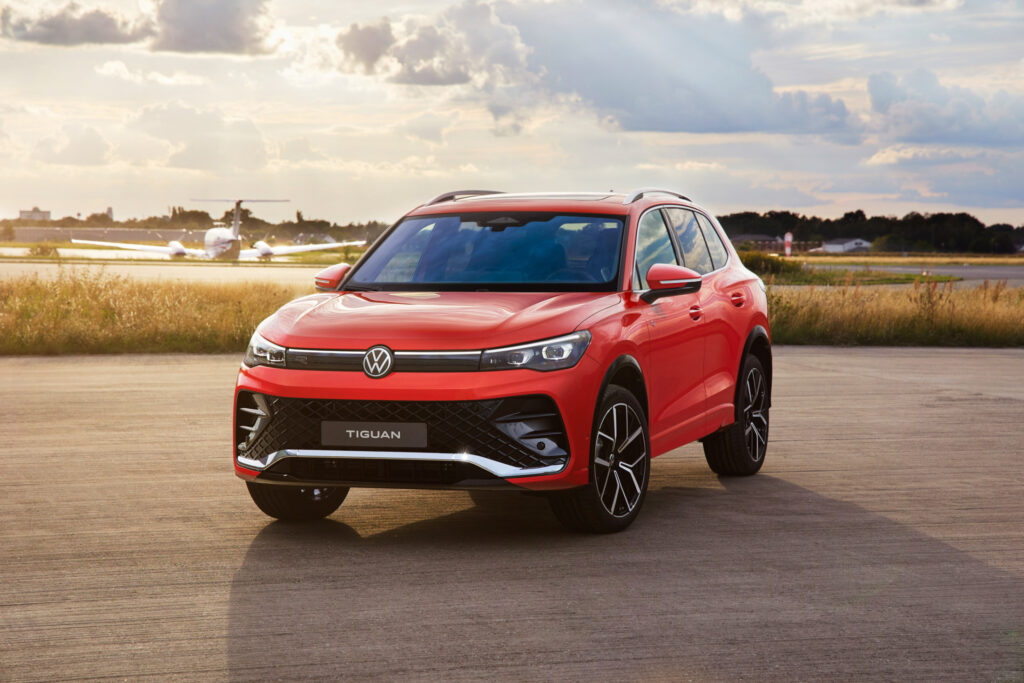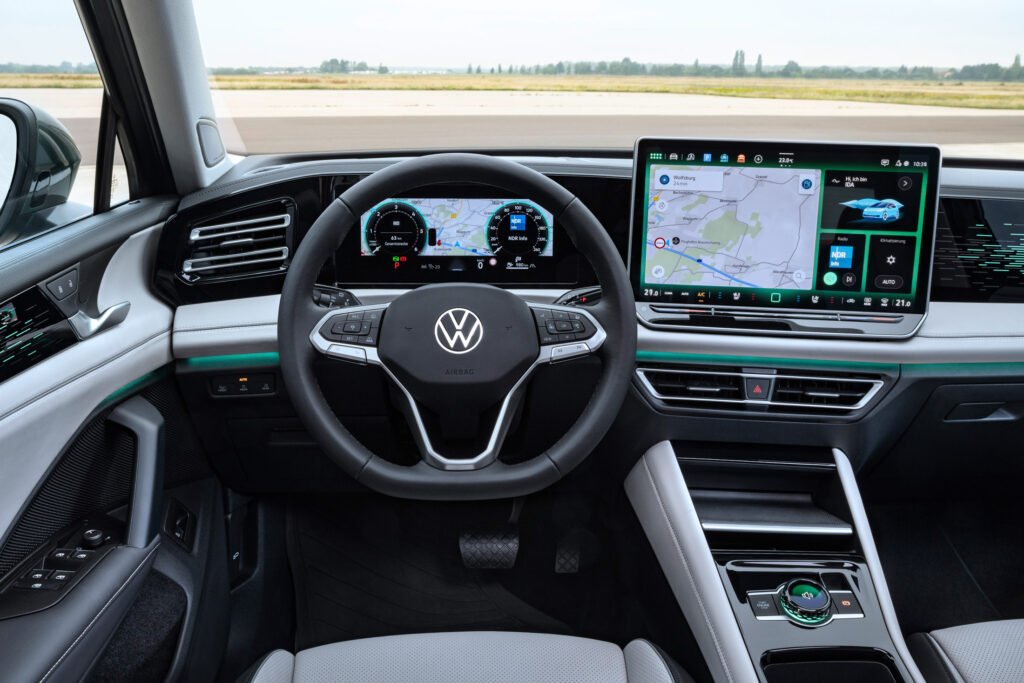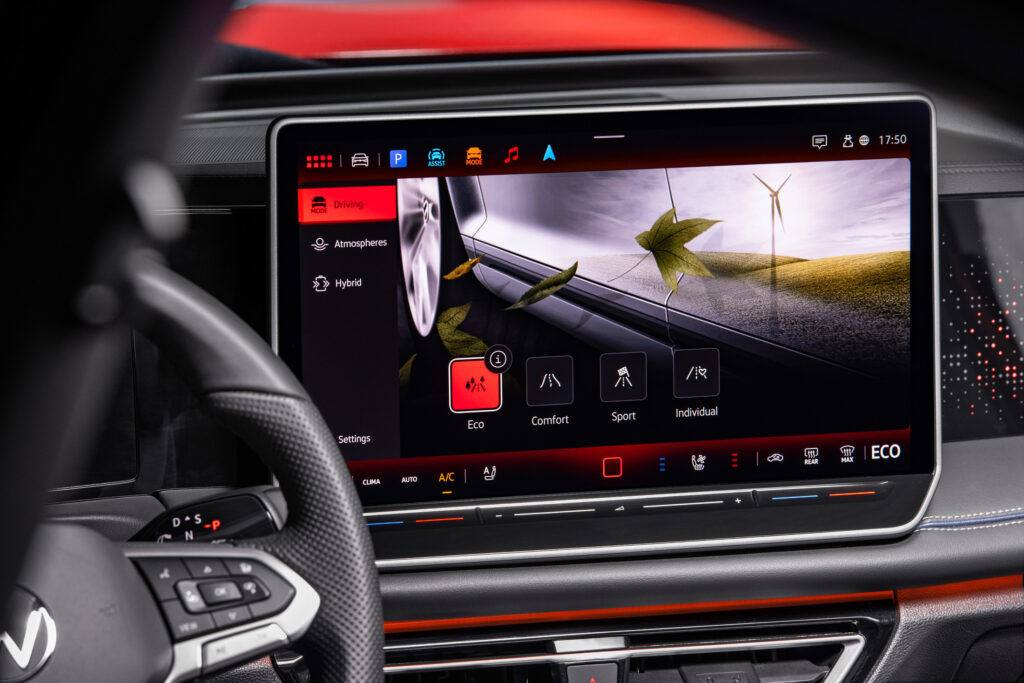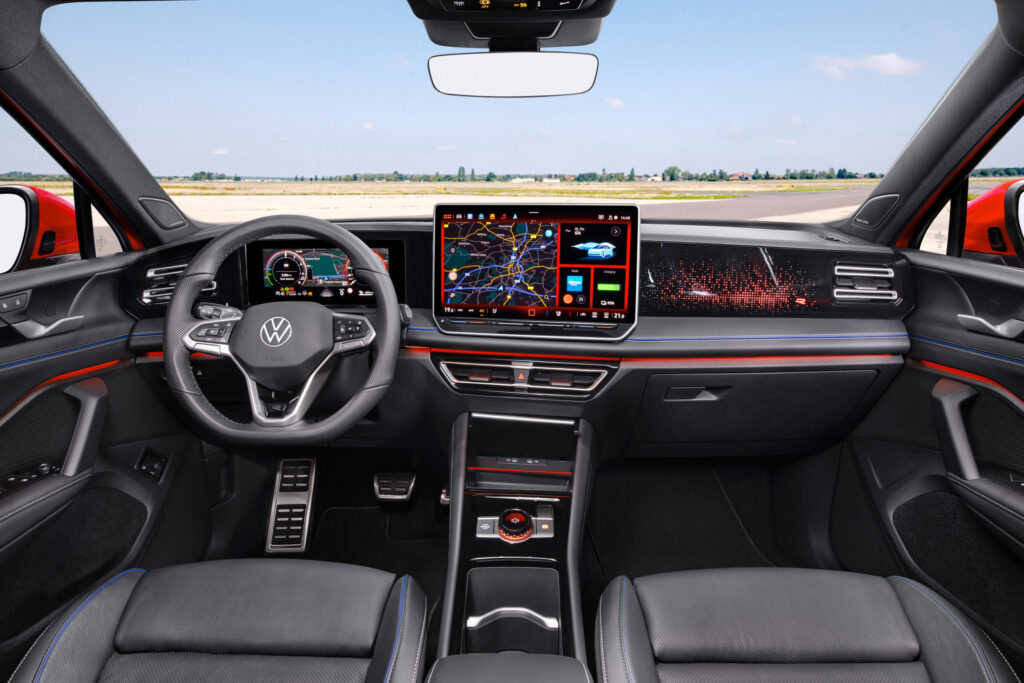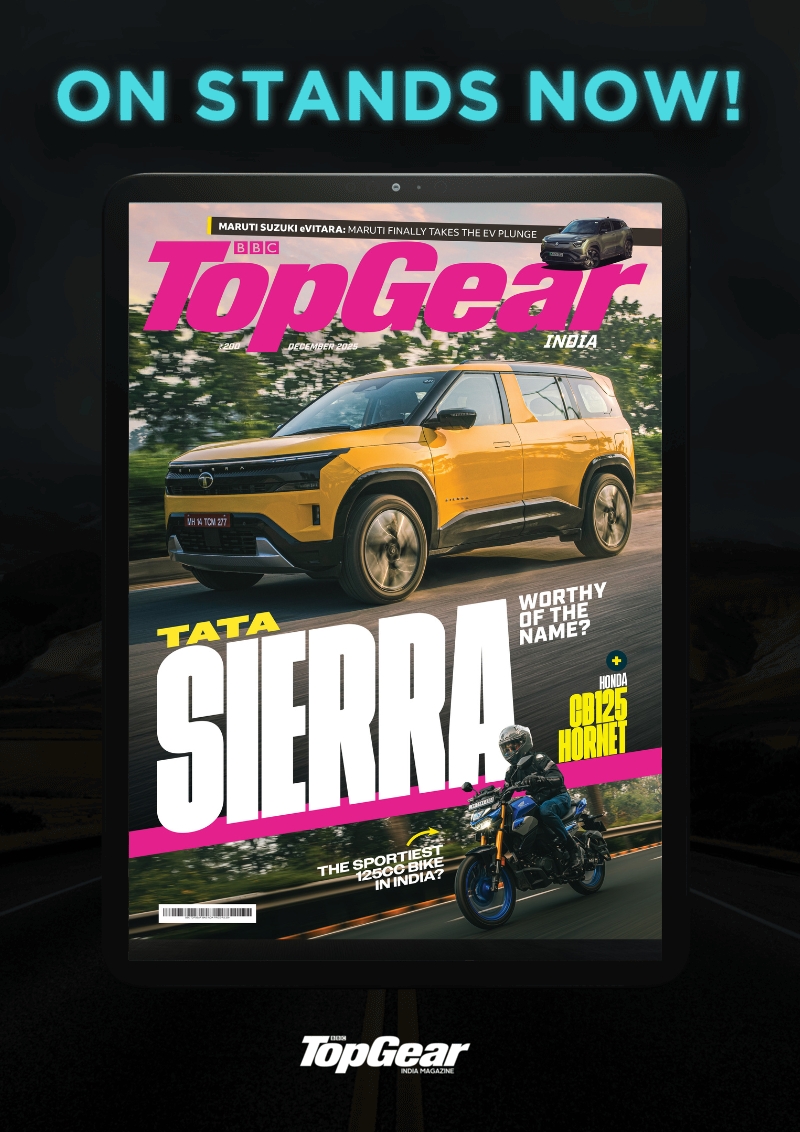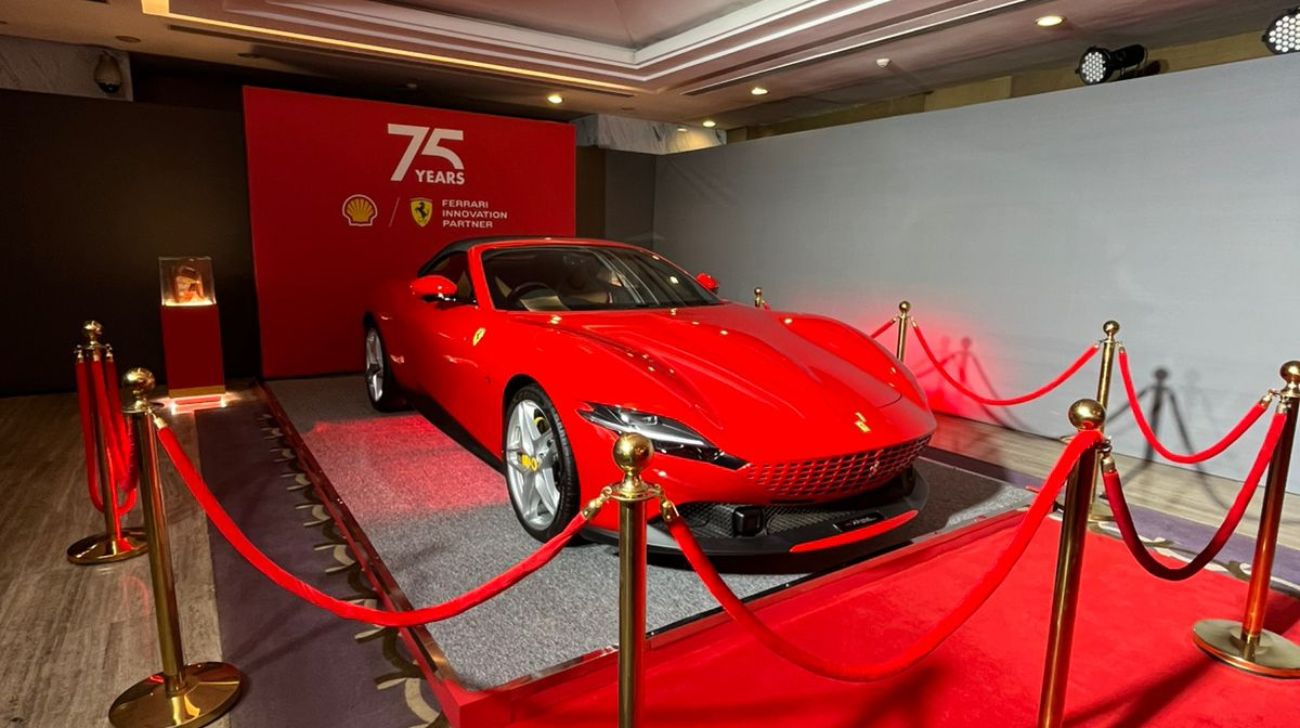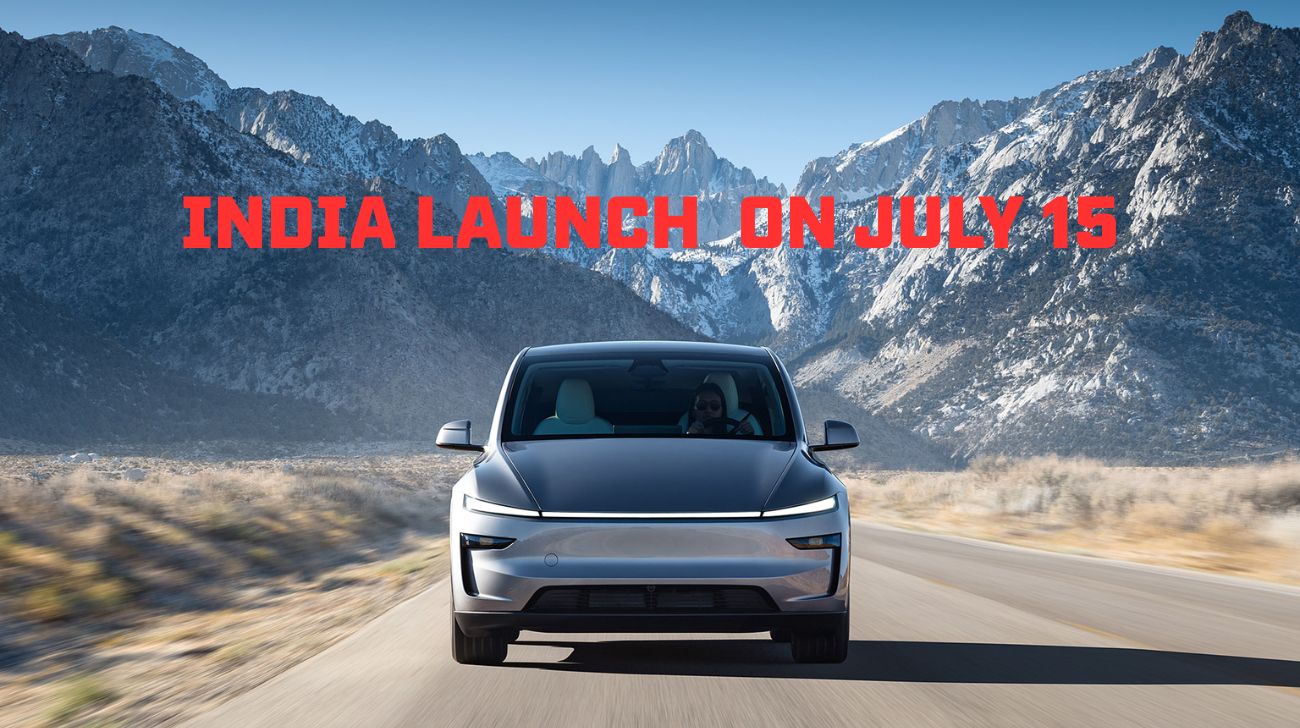For 2024, VW is overhauling its lineup significantly. The new Passat for the European market, which is available solely as a wagon, caught our attention last week, and this week we have all the information on the new Tiguan. Additionally, the Tiguan tale extends beyond the curving new looks of the third-generation SUV. Because the Tiguan you see here is just for the European market—just like the Passat—and will directly replace the continent's departing standard-wheelbase, two-row Tiguan.
It won't be traveling to the United States, unlike the lengthier Tiguan, which was also offered in Europe as the seven-seat Tiguan Allspace and featured the option of three rows of seats. Instead, North America will receive a slightly bigger and completely different SUV based on the subsequent VW Tayron model sold in China, and European customers who want a third row will also receive the same vehicle.
Now that everything is apparent, let's look at the new Tiguan. The redesigned contours, which give the car a cozier, more organic appearance as well as a more powerful attitude that takes it closer to the larger Touareg owing to flared rear fenders and a pinched waistline, have previously been mentioned. However, it doesn't get much bigger than its bigger sibling. The 2,681 mm (105.5 inches) wheelbase of the new Tiguan is almost equal to that of the Golf, Passat, and Audi A3 despite switching to VW's contemporary MQB Evo platform. The 648-liter (22.9 cu-ft) trunk has grown by 33 liters (1.2 cu-ft), and VW does at least offer a little (10 mm / 0.4-inches) more back legroom.
New light bars have been added to the back and front of the car, creating grilles that are so tiny that the VW roundel overflows over them on both the top and bottom, exactly like on the Mk8 Golf. On standard Tiguans, the lower grille has three horizontal chrome bars, while sportier R-Line models have a diamond-pattern mesh, an even angrier mouth, and black arch trimmings.
An equally significant overhaul has been made to the inside. VW has replaced the current model's mid-2010s dashboard with a new one that has a huge tablet touchscreen and configurable menu bars at the top and bottom of the screen to make up for the lack of hard keys. The current model's mid-2010s dashboard layout with its in-console infotainment system was logical and intuitive, but it also looked dated.
The Tiguan has the same equipment as the new Passat and its electric ID.7 cousin, and just like those vehicles, it has physical (as opposed to touch-sensitive) steering wheel buttons, backlit temperature sliders, and a gear shifter on the right hand stalk that frees up console space for phones, wallets, and the attractive new rotary controller (with built-in screen) for the media system.
The optional PHEV technology, which can give a reliable 62 miles (100 km) of electric range owing to a battery that's practically doubled in size to 19.7 kWh, is the headlining act under the hood if the new touchscreen is the big interior news. Thankfully, the speed of charging has increased from 26 to 11 kW for AC top-ups, and DC charging is now feasible. However, the slow 50 kW maximum means that it takes 25 minutes to fill from 10 to 80 percent, which is the same as some true EVs with five times the range.
There are really two PHEVs, each of which has a 1.5-liter turbocharged four-cylinder petrol engine and two 114 horsepower (85 kW/115 PS) electric motors working in tandem to drive the front wheels through an eight-speed DCT. However, because of various ICE tunes, one provides a system output of 201 horsepower (204 PS), while the other offers a more powerful 268 horsepower (272 PS).
For those who don't need to travel significant distances on electric power but still worry about economy, there are two 1.5-liter petrol engines and a 2.0-liter diesel engine available. These 1.5-liter petrol engines are mild hybrids this time. The eTSi engines are similar to PHEVs in that they drive the front wheels and have variable geometry turbos, cylinder deactivation, and 15 kW (20 horsepower / 20 PS) of 48-volt assistance. However, this time, the eTSi engines use seven-speed dual-clutch gearboxes.
Both the FWD and AWD Tiguans may be equipped with a variation of the new DCC Pro adaptive dampers configuration originally seen in the Passat. According to VW, the 4Motion hardware in the AWD vehicles has been changed to decrease vibrations. Drivers may modify the working range of the system's two-valve shocks for more comfort and control by utilizing the in-dash Vehicle Dynamics Manager driving mode selection, which you may have seen before in the Golf.

